Medical recall letter template
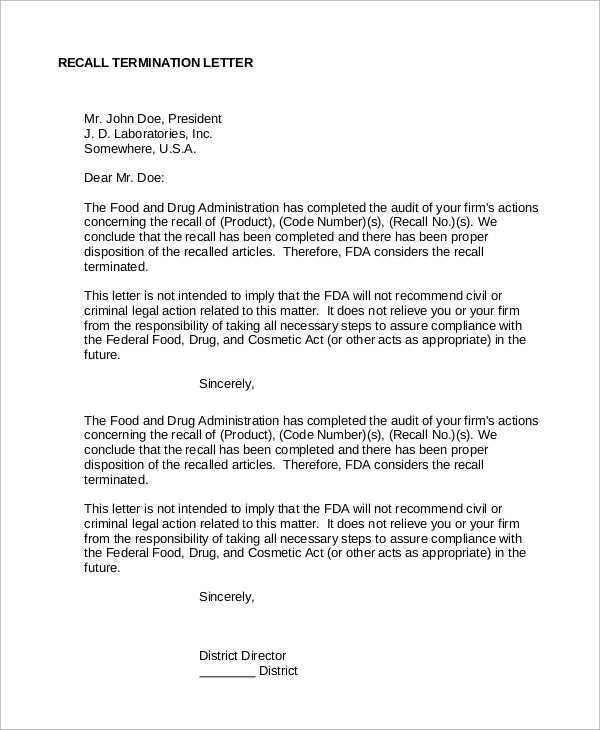
Structure of the Recall Letter
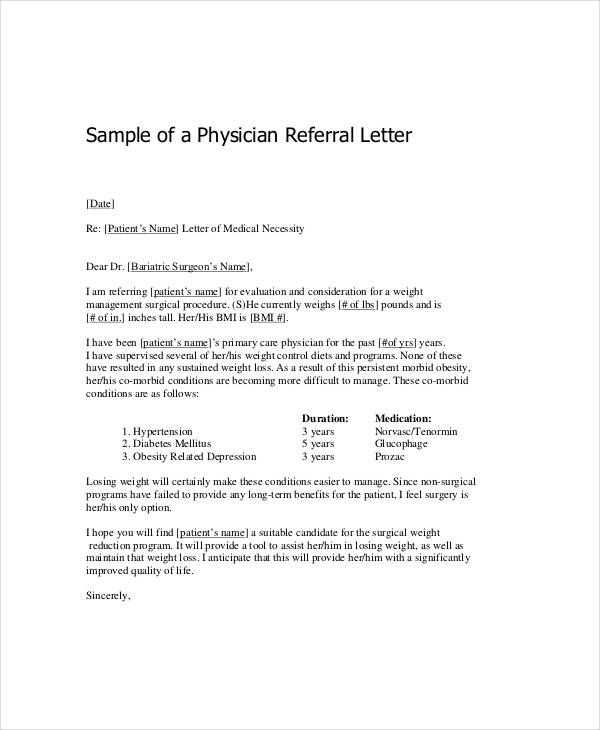
A medical recall letter should be clear and direct. It needs to convey the necessary information without ambiguity, ensuring the recipient understands the urgency and actions required. Here’s a basic structure:
- Header: Include the healthcare facility or company’s name, address, and contact details. If the recall is for a product, also include the manufacturer’s information.
- Subject Line: Be concise. State the reason for the letter, such as “Recall Notice” or “Urgent Recall of [Product Name].”
- Opening Statement: Start by directly stating the reason for the recall, whether it’s a product or a medical procedure.
- Details: Provide relevant information, such as the product name, lot number, or specific batch affected. Include the potential risks involved, whether it’s a health concern or defect.
- Action Required: Specify what the recipients need to do. Should they return a product, discontinue use, or schedule an appointment? Include clear instructions and deadlines.
- Contact Information: Offer a way to reach the organization for questions, clarifications, or further instructions.
- Closing: End with a statement thanking the recipients for their attention and cooperation, and provide reassurance of the steps being taken to resolve the issue.
Example Template
The following is a simple template for a medical recall letter. Adjust as necessary based on the specifics of your recall situation:
[Healthcare Facility Name] [Address] [Phone Number] [Email Address] [Date] Subject: Recall Notice for [Product Name] - Urgent Action Required Dear [Recipient’s Name], We are writing to inform you that [Product Name], which was purchased on [Date of Purchase], is being recalled due to [reason for recall, e.g., a defect, contamination, or health risk]. The affected product details are as follows: - Product Name: [Name of the Product] - Lot Number: [Lot Number] - Expiration Date: [Expiration Date] It is crucial that you [instructions, e.g., stop using the product, return it to the store, or schedule a medical examination]. Please take the following steps: 1. [Step 1: Clear instruction] 2. [Step 2: Another clear instruction] 3. [Step 3: Any additional actions] For further assistance, or if you have any questions, please contact our office at [Phone Number] or [Email Address]. We appreciate your immediate attention to this matter. Sincerely, [Your Name] [Your Position] [Healthcare Facility Name]
Additional Tips
- Keep it clear: Use simple language, ensuring anyone can understand the urgency and actions required.
- Include deadlines: If possible, add a specific deadline for when the recipients should take action.
- Offer support: Make sure contact details are easily accessible so recipients can get help quickly.
- Follow-up: After sending the recall letter, plan a follow-up to ensure compliance and provide any necessary updates.
Final Thoughts
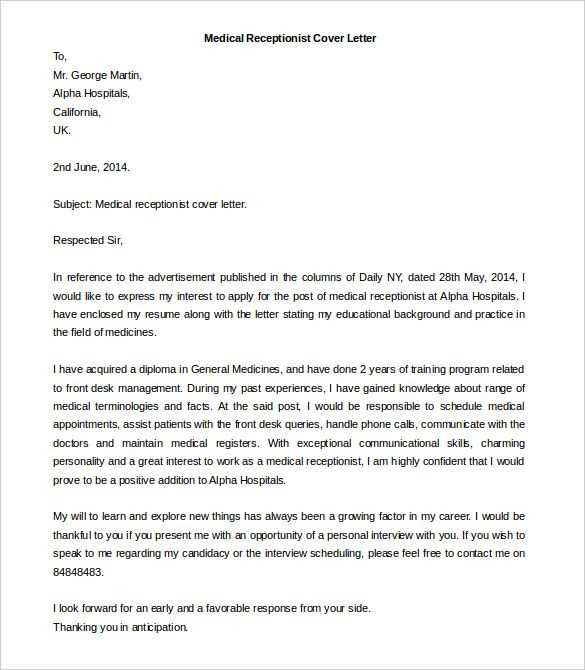
Sending a medical recall letter demands accuracy and clarity. By following a straightforward structure and focusing on key information, you help ensure that recipients understand the issue and respond appropriately. This approach minimizes potential confusion and promotes swift action in addressing the recall situation.
Here’s a detailed plan for an informational article on “Medical Recall Letter Template” in HTML format, featuring six practical and focused subheadings:Understanding the Purpose of a RecallKey Information to IncludeHow to Address RecipientsLegal and Ethical AspectsTips for Clear and Concise WritingFollow-up Actions After Sending
Begin by clearly stating why the recall is happening. The recipient needs to understand the seriousness of the situation and why their attention is required. Specify the product or service being recalled and the reason for the recall, whether it’s due to safety concerns, defects, or any other health-related issue. A direct explanation will prevent confusion and unnecessary follow-up questions.
Understanding the Purpose of a Recall
The purpose of a recall letter is to inform and protect recipients by alerting them to an issue that requires immediate attention. Clearly outline the recall’s significance, so the recipient is aware of the potential risks or safety hazards. Emphasize the urgency without being alarmist, allowing recipients to take action without delay.
Key Information to Include
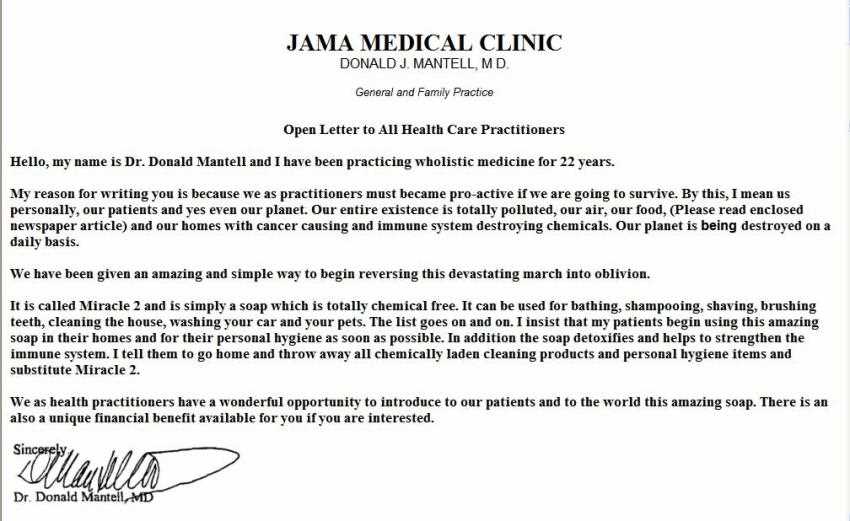
Detail the specific issue that prompted the recall, whether it’s a potential hazard, a malfunction, or any other relevant cause. Provide instructions on how recipients can return, dispose of, or stop using the recalled item. Include a timeline for when action is required and any compensation or remedies available. Ensure all communication channels for inquiries are listed clearly, including customer support contact information and any forms required for returns or refunds.
How to Address Recipients
Address the letter to the appropriate person or department. If it’s a personal recall, use the recipient’s full name or preferred title. For larger recalls, direct the letter to the appropriate organizational contacts, ensuring it’s routed to the responsible individuals. Avoid generic terms and ensure clarity in who the recipient should be.
Legal and Ethical Aspects
Ensure compliance with relevant health and safety regulations, particularly if the recall pertains to medical devices or medications. The letter should not downplay the issue but instead, offer full transparency. Avoid misleading statements that could later lead to legal repercussions. Be clear about the legal rights of recipients and their responsibilities in handling the recall.
Tips for Clear and Concise Writing
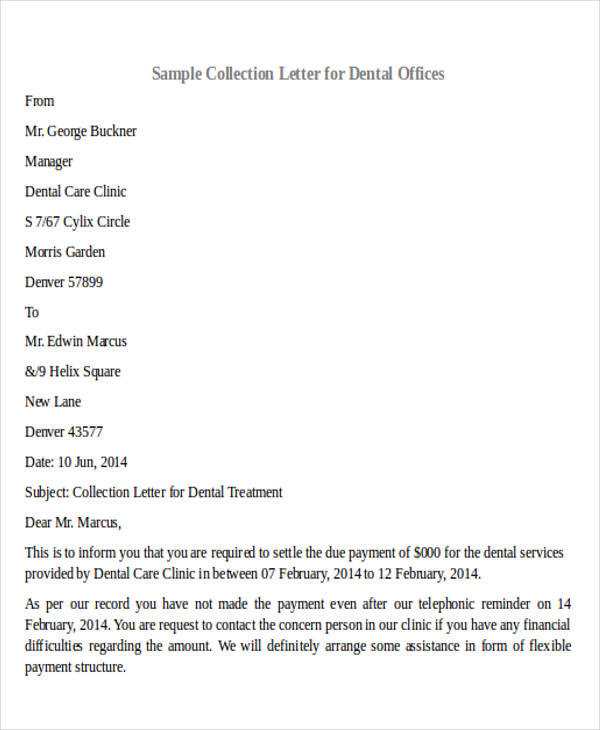
Keep the tone straightforward and informative. Avoid overly technical language, and ensure the message is simple to understand. Break up complex details into bullet points for clarity. Be direct, but maintain a respectful and empathetic tone, acknowledging the inconvenience or concern caused by the recall.
Follow-up Actions After Sending
After the initial recall letter is sent, monitor the response closely. Set a reminder for follow-up communication to ensure recipients take the necessary action. If further clarification or assistance is needed, make sure your support team is prepared for questions. Track the returns or responses to measure the effectiveness of the recall notice.